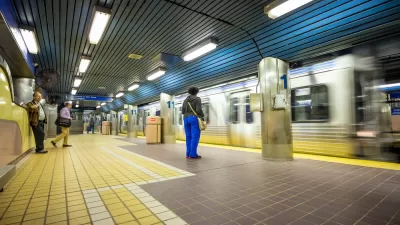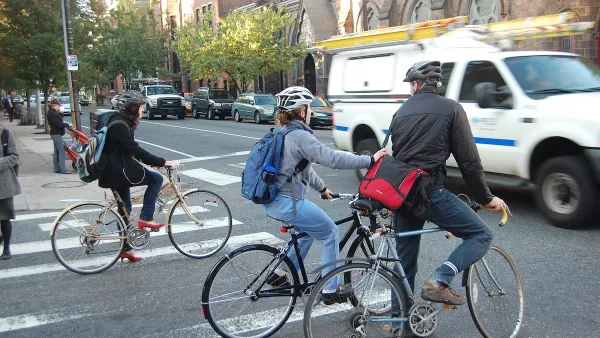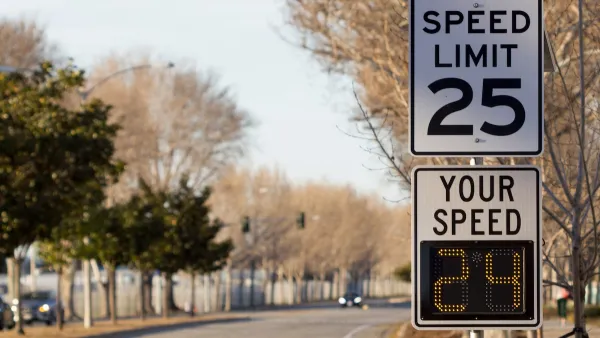An investigation by the Philadelphia Inquirer finds that Philadelphia is owed $423 million in "nuisance liens" or unpaid bills for the city's Department of Licenses and Inspections. The city has only collected $15.6 million in owed liens since 2009.
Claudia Vargas describes the troubling list of 39,391 properties with "nuisance liens" or "unpaid bills for sealing, cleaning, or demolition done at taxpayer expense by the Department of Licenses and Inspections." That is, "[work] that building owners were supposed to pay for but didn't."
The monetary total of those liens equals $423 million according to the article by Vargas. "The figure rivals a better-known one: the half-billion dollars Philadelphia is owed in uncollected real estate taxes plus penalties and interest." Or, for that matter, "the Philadelphia School District's $440 million deficit."
"Officials say they have ramped up efforts in the last year by suing owners for unpaid demolition bills. But they also cite the positives of forgiving some liens….With thousands of properties waiting to be disentangled from liens, the city has to juggle its options. If a lien is wiped off the books as part of a deal to sell a property and make way for taxable development, such as homes or businesses…that's a good outcome for the city."
The article details more of the troubling findings of the Inquirer investigation into the nuisance liens, such as the $17 million in liens "for demolition and other nuisance work done between 1978 and 1999 on properties for which addresses and owners' names are missing."
FULL STORY: Philadelphia owed a half-billion dollars in 'nuisance liens' - maybe

Planetizen Federal Action Tracker
A weekly monitor of how Trump’s orders and actions are impacting planners and planning in America.

Map: Where Senate Republicans Want to Sell Your Public Lands
For public land advocates, the Senate Republicans’ proposal to sell millions of acres of public land in the West is “the biggest fight of their careers.”

Restaurant Patios Were a Pandemic Win — Why Were They so Hard to Keep?
Social distancing requirements and changes in travel patterns prompted cities to pilot new uses for street and sidewalk space. Then it got complicated.

Platform Pilsner: Vancouver Transit Agency Releases... a Beer?
TransLink will receive a portion of every sale of the four-pack.

Toronto Weighs Cheaper Transit, Parking Hikes for Major Events
Special event rates would take effect during large festivals, sports games and concerts to ‘discourage driving, manage congestion and free up space for transit.”

Berlin to Consider Car-Free Zone Larger Than Manhattan
The area bound by the 22-mile Ringbahn would still allow 12 uses of a private automobile per year per person, and several other exemptions.
Urban Design for Planners 1: Software Tools
This six-course series explores essential urban design concepts using open source software and equips planners with the tools they need to participate fully in the urban design process.
Planning for Universal Design
Learn the tools for implementing Universal Design in planning regulations.
Heyer Gruel & Associates PA
JM Goldson LLC
Custer County Colorado
City of Camden Redevelopment Agency
City of Astoria
Transportation Research & Education Center (TREC) at Portland State University
Camden Redevelopment Agency
City of Claremont
Municipality of Princeton (NJ)





























